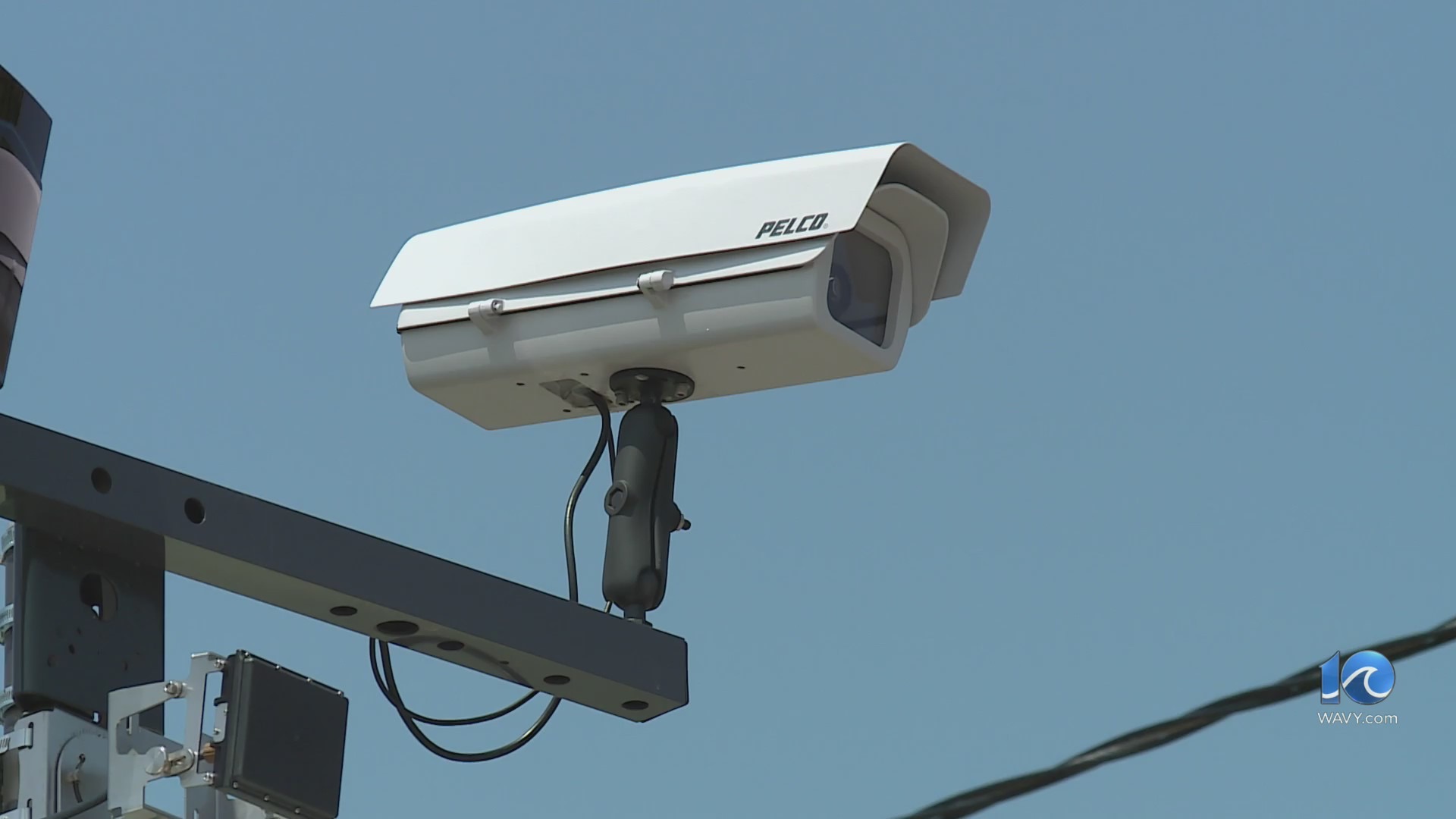The U.S. began officially levying higher taxes on imports from dozens of countries Thursday, four months after President Donald Trump first announced plans to impose tariffs on most of the world while seeking new trade agreements across the board.
The White House said that starting just after midnight goods from more than 60 countries and the European Union would face tariff rates of 10% or higher. Products from the European Union, Japan and South Korea will be taxed at 15%, while imports from Taiwan, Vietnam and Bangladesh will be taxed at 20%. Trump also expects places such as the EU, Japan and South Korea to invest hundreds of billions of dollars in the U.S.
The Trump White House is confident that the onset of his broad tariffs will provide clarity about the path of the world’s largest economy. Now that companies understand the direction the U.S. is headed, the administration believes they can ramp up new investments and jump-start hiring in ways that can rebalance the U.S. economy as a manufacturing power.
But so far, economic data has shown a U.S. economy that began flagging after Trump’s initial rollout of tariffs in April.
Here’s the latest:
Modi vows to defend farmers’ interests
Prime Minister Narendra Modi on Thursday said India will never compromise the interests of farmers.
“For us, the interests of farmers are a top priority. I know I will have to personally pay a heavy price for it, but I am ready,” Modi said at a conference in what was seen as a message to the U.S. administration, which has been seeking greater access to India’s agriculture and dairy sectors.
India and the U.S. have had five rounds of negotiations on a bilateral trade agreement, but haven’t been able to clinch one so far.
On Wednesday, Trump signed an executive order to place an additional 25% tariff on India for its purchases of Russian oil. The order would go into effect in 21 days and bring the combined tariffs imposed on India to 50%.
Sony profits are up
Japanese entertainment and electronics company Sony said Thursday its profit surged 23% in the last quarter from the year before, as damage from U.S. President Donald Trump’s tariffs was less than it had expected.
Sony raised its forecast for its profit in the full fiscal year until March 2026 to 970 billion yen ($6.6 billion), from an earlier forecast of 930 billion yen ($6.3 billion). The revised projection is still lower than what it earned in the previous fiscal year at 1 trillion yen.
Sony now estimates the impact of the additional U.S. tariffs on its operating income at 70 billion yen ($476 million), much better than the initial estimate of 100 billion yen ($680 million).





